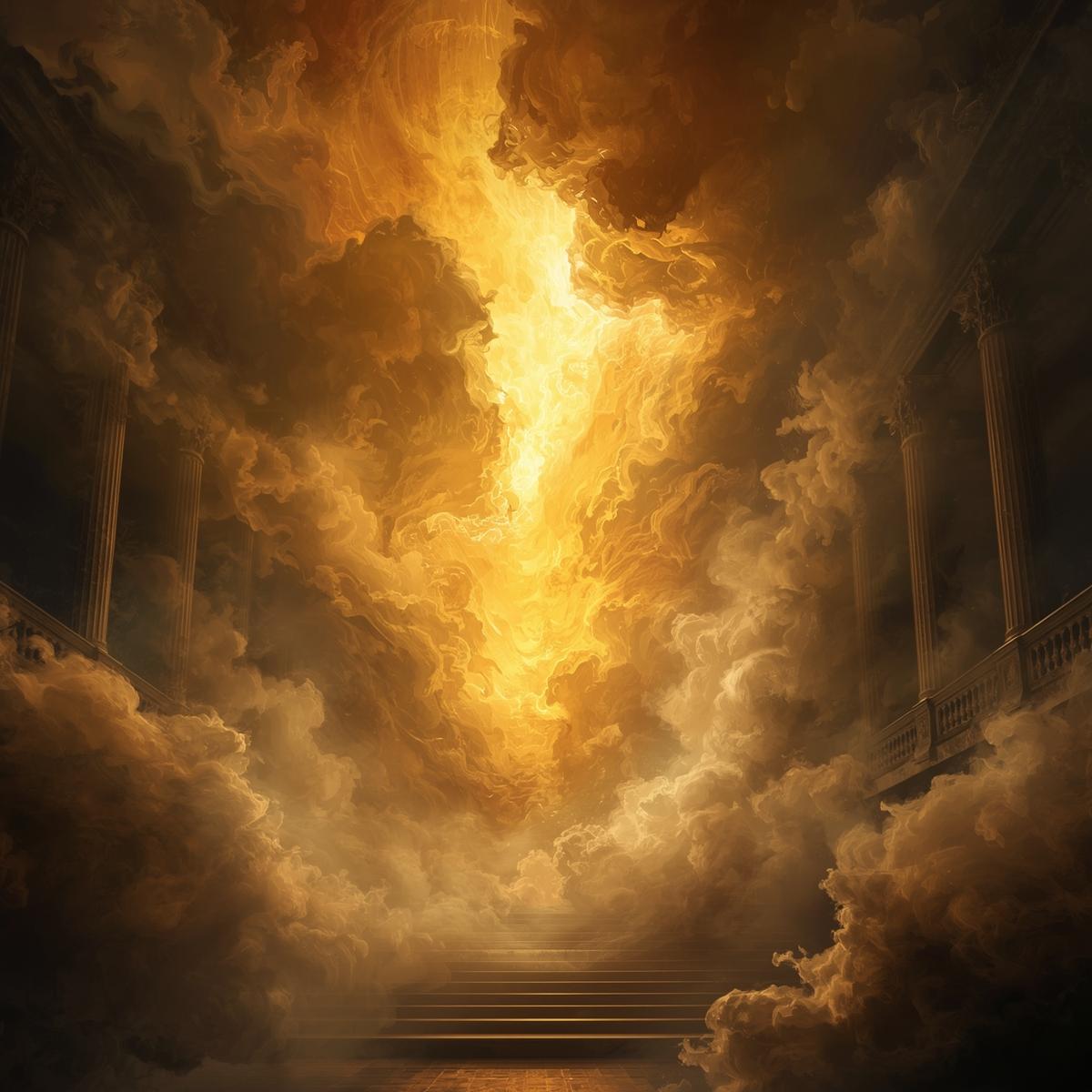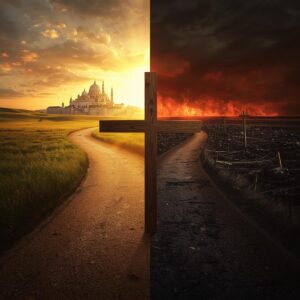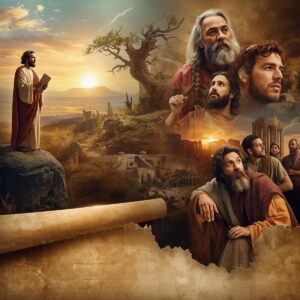Revelation 15:8 says:
“And the temple was filled with smoke from the glory of God and from his power, and no one could enter the temple until the seven plagues of the seven angels were completed.”
Scripturally, smoke is associated with divine anger. David shows us God’s righteous indignation in 2 Samuel 22:9, where “Smoke rose from his nostrils; consuming fire came from his mouth, burning coals blazed out of it.”
We also see God’s judgment in Isaiah 30:27.
“See, the Name of the LORD comes from afar, with burning anger and dense clouds of smoke; his lips are full of wrath, and his tongue is a consuming fire.
Meaning of the Smoke in the Temple
1) It Symbolizes God’s Presence & Judgment
Smoke often represents God’s holiness and unapproachable majesty (Exodus 19:18; Isaiah 6:4).
In the Old Testament, smoke filled the tabernacle when God’s glory appeared (Exodus 40:34-35; 1 Kings 8:10-11).
Here, it signifies God’s wrath being poured out; no intercession can stop it now (contrast with Revelation 8:3-5, where prayers delay judgment).
2) No one could enter because the Judgment is sealed.
In the earthly temple, priests could enter the Holy Place, but now even heaven’s temple is shut; there is no more mediation (like Moses pleading for Israel in Exodus 32-33).
This echoes the finality of God’s decision (like the door of Noah’s ark closing, Genesis 7:16).
3) We see the Connection to the Seven Plagues (Rev 16)
The smoke sets the stage for the Bowls of Wrath—God’s last, unstoppable judgments before Christ’s return.
Just as the Israelites were protected during the plagues of Egypt (Exodus 8-12), God’s people are sealed (Rev 7:3), but the wicked face wrath.
What we glean from the passage:
We see
- The Divine Holiness & Wrath of God: The smoke shows God’s absolute purity; He cannot tolerate sin forever.
- There’s No More Delay: The time for mercy is ending; judgment must now run its course (Rev 10:6-7).
- The Final Victory Ahead: After the plagues, Christ returns (Rev 19) and establishes His kingdom.







